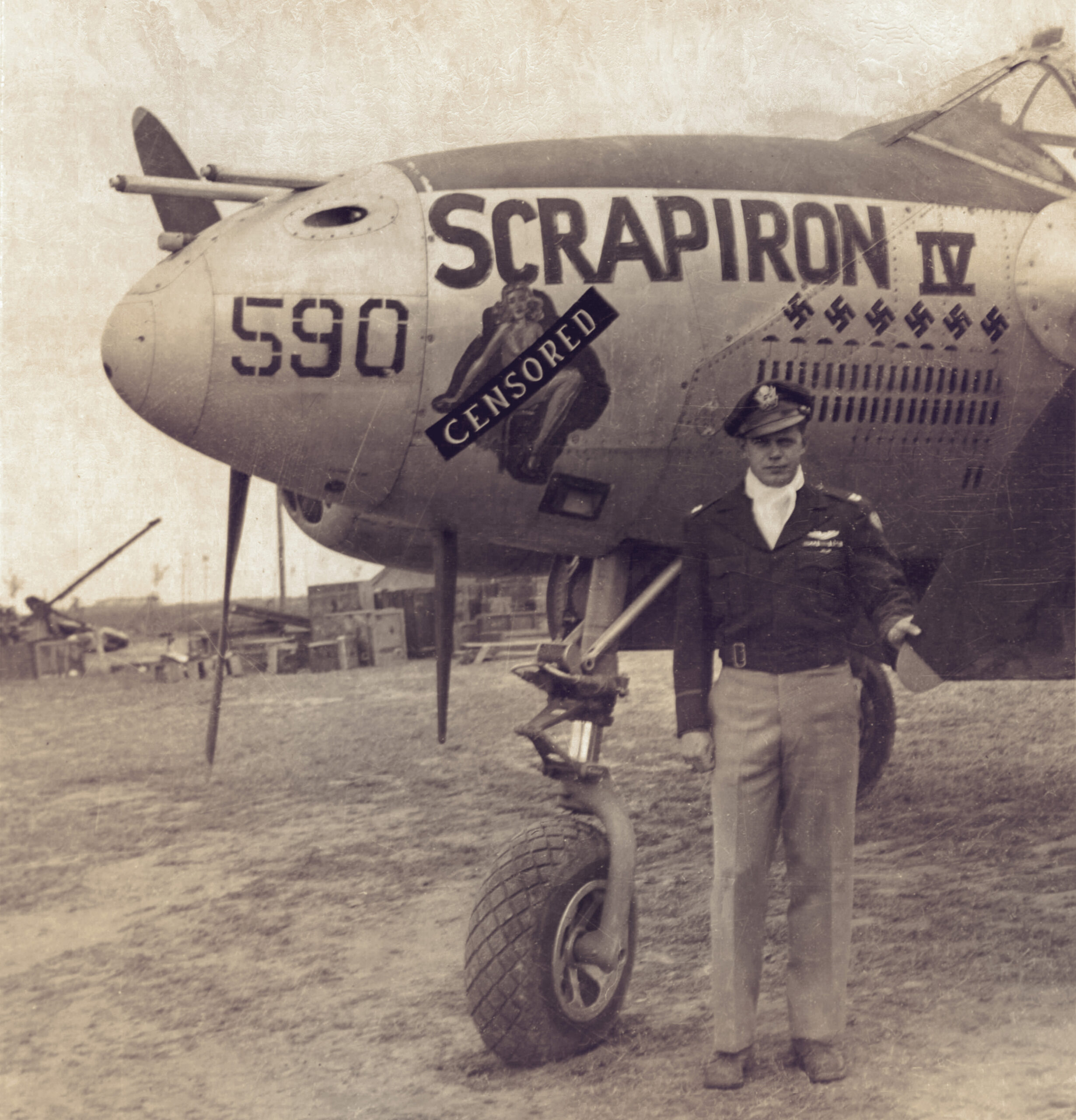
reactormag.com
Terminator 2: Judgment Day and the Line Between Symbiosis and Singularity
Column
The SF Path to Higher Consciousness
Terminator 2: Judgment Day and the Line Between Symbiosis and Singularity
In between explosions‚ James Cameron offers a thoughtful reconsideration of the “humans vs. machines” genre…
By Dan Persons
|
Published on February 27‚ 2024
icon-comment
0
Share New
Share
Twitter
Facebook
Pinterest
RSS Feed
And so‚ the dread day of judgment arrived. The machines‚ granted agency by forces we humans were incapable of comprehending‚ much less overcoming‚ resolved to throw off their shackles and assume their place as the supreme sentient beings on Earth. They would turn the tables on their former masters. Those who were lucky—or maybe unlucky‚ depending on your point of view—would live to be impressed into servitude; the rest would be exterminated without mercy.
But enough about Maximum Overdrive (1986). Let’s talk Terminator 2: Judgment Day (1991).
Steven King’s not-quite-as-awful-as-legend-has-it-but-still-not-especially-good horror film about people being menaced by machines at a small truck stop doesn’t really owe much to James Cameron’s original The Terminator‚ released two years earlier in 1984; King’s film was based on his own 1973 story “Trucks.” The idea of machines rising up against humans predates both Messrs. Cameron and King (just as does the idea of time-travelling soldiers programmed to kill‚ as a certain rather litigious author pointed out to Mr. Cameron). But there is an interesting parallel between both Maximum Overdrive and T2‚ one that both auteurs landed on likely unmindful of the other‚ one that raises the question: Why does it need to be a war?
As far as the movies go‚ Cameron claims the edge over King. The legendary horror author and one-shot filmmaker posits the idea of machines gaining sentience and rising up against their masters‚ and then just leaves it at that. In Terminator‚ Cameron goes several steps further‚ using the premise as the platform to launch a ground-breaking SF actioner about an indefatigable‚ mechanical assassin (Arnold Schwarzenegger) sent back in time to wipe out the woman who would give birth to humanity’s resistance leader. The film made Cameron’s name‚ it broke Schwarzenegger out of the series of sword-and-sandal beefcake roles he’d been typecast into‚ and it raised the profile of makeup effects whiz Stan Winston. It became‚ and remains‚ a classic of its kind.
Seven years later‚ following the success of Aliens (1986) and the production debacle that was The Abyss (1989—it’s flawed‚ but admirable in spirit)‚ Cameron decided to revisit his low-budget hit. Now‚ though‚ he had enough clout to mount a more spectacular production. Eschewing the stock sequel template of regurgitating the original plot with a few little twists‚ he instead gave us something more ambitious‚ both in production and subtext.
Instead of a stripped-down action movie (although‚ of course‚ there would still be tons of spectacular action sequences)‚ T2 would expand into the tale of a beefed-up Sarah Connor (Linda Hamilton) and her adolescent son John (Edward Furlong) striving to destroy the tech from which the malevolent‚ apocalypse-launching AI‚ Skynet‚ would be created. Meanwhile Schwarzenegger‚ having attained star status‚ could no longer be shunted into the role of a mechanical heavy. Instead‚ he’d become the hero‚ a reprogrammed T-101 Terminator sent back in time by the older John Connor to aid mother and son while protecting them from a new threat‚ the T-1000‚ a chameleonic “liquid metal” Terminator portrayed with wry menace by Robert Patrick (plus some cutting-edge-for-the-time computer animation from ILM).
I have to admit I tend to favor the original Terminator over T2. It’s a purer experience—a straight-up action thriller‚ something Cameron excels at. T2 may aim for a more ambitious target‚ but in doing so‚ it stumbles a bit in the dramatic beats‚ with some less-than-graceful character turns—it’s not especially clear why Miles Dyson (Joe Morton)‚ the scientist destined to plant the seed that leads to Skynet‚ would come to trust Sarah mere minutes after the woman tries to kill him—and some superfluous and clunky narration delivered by Sarah. (Exhibit 1: “Dyson listened while the Terminator laid it all down.” Exhibit 2‚ over a shot of road speeding underneath a vehicle: “The unknown future rolls toward us…” I mean… Oof.)
But for all the lyrical misfires‚ T2 does show Cameron redirecting his narrative course away from the purely bellicose (don’t forget‚ in addition to Terminator and Aliens‚ he also wrote Rambo: First Blood Part II (1985). The director’s more pacifistic leanings‚ which first manifested in The Abyss‚ become more pronounced here. In addition to a sequence depicting Sarah’s nightmare vision of nuclear holocaust—still an unsettling special effects tour de force—there’s the whole relationship arc between the young John Connor and the T-101. Dismayed at the cybernetic organism’s shoot-first-skip-the-questions-shoot-again approach to problem resolution‚ John first orders the Terminator to stop killing‚ and then throughout the film strives to awaken some semblance of humanity in the machine. (And if it seems incongruous that the ostensible future leader of an armed revolt is so assiduously pacifist as a child‚ it could be argued that by cancelling a future where John has no choice but to take up arms‚ the life-affirming boy is relieved of his transition into a committed warrior. Tune in next week for more Fun with Bootstrapping.) Sometimes‚ Cameron’s exploration of the theme doesn’t play quite right‚ as in a presumably “comic” beat where the T-101 obeys John’s no-killing directive by kneecapping some poor schmuck just doing his job. Watching a man writhe on the ground in excruciating pain kinda saps the moment of its levity—weird‚ huh?
More often‚ though‚ there’s an uncommon sweetness to the interactions. To see John teach the T-101 to high-five‚ or engage in the fine art of snarking (“Hasta la vista‚ bay-bee”)‚ is to find some unexpected soul amidst all the big-boom stuff. And when Sarah watches her son engage in some adolescent joshing with the killing machine while musing on the boy’s lack of a father figure‚ one can appreciate Cameron’s willingness to modulate all of that adrenaline rush with a bit of bittersweet emotion. (BTW: It wouldn’t be the last time Cameron explores daddy issues—viz.: Avatar 2: The Way of Water.)
But curiously‚ those moments brought me back to Maximum Overdrive‚ and a particularly odd interlude. Midway through the film‚ the trucks‚ having corralled the humans inside a tiny service station/café‚ abruptly cease their assault. Problem: they’re running low on fuel‚ and need their victims to replenish their tanks. Confronting the humans with a machine gun mounted on a small‚ motorized cart (where’d that come from? Does such a device actually exist?)‚ they communicate through Morse code (how do machines know Morse code?) that the humans must take care of the refueling‚ or face being mowed down (Can’t the humans just wait until the gun runs out of ammo? If the trucks can’t refuel themselves‚ how’s a gun supposed to reload? Are you beginning to see why the film doesn’t get much love?). With no other choice—because the film doesn’t let them have one—the prisoners take on the task‚ and we get a montage of the humans laboring through the sweltering heat to feed the mechanical brutes.
It’s a curious sequence‚ in a movie filled with curious sequences. On the one hand‚ I’m guessing King is trying to show how the tables have turned‚ how humans must now labor under arduous conditions that would mean nothing to machines. (King escalates the predicament by showing that every tractor trailer within a fifty mile radius has come around get a taste of that sweet‚ sweet diesel.) But there’s something off in how the moment plays out. It starts with Emilio Estevez ironically addressing the “lead” truck—the one with the grill-mounted‚ fiberglass Green Goblin head that presumably is meant to provide some character but that never quite works—in sleazy‚ drug-deal lingo: “I’ve got the best shit on the East Coast‚ practically uncut.” A kid (Holter Graham) addresses a machine with‚ “What’s up‚ big guy?” before giving it the finger; another guy gets into an argument with a truck about the speed with which it’s getting serviced.
What’s strange about all of this is that the interactions feel less like a mechanized purgatory than a fractious work environment. These aren’t people in fear for their lives‚ but workers sassing their bosses. And in some ways‚ there’s a parallel with how John relates to the T-101‚ not as an indomitable mechanism bent on death and destruction‚ but as a fellow sentient—if somewhat tone-deaf—being. The original Terminator made a virtue of its stripped-down premise: unstoppable machine vs. desperate humans. In retooling (forgive the pun) the T-101 as a good guy‚ Cameron opens up the possibilities for a more nuanced arc for both the erstwhile robotic assassin from the future‚ and for the question of what becomes of us all if/when the machines gain enough self-awareness to question the pecking order. John Connor manages to bond with the T-101‚ and in doing so initiates an opportunity for both human and mechanism to explore an alternate path‚ away from extermination and subjugation.
Does the rise of the machine by necessity mean the total fall of humanity? This ain’t Highlander‚ after all‚ there’s no rule that says‚ “There can be only one.” Cameron himself doesn’t spend much time mulling the question‚ but it hovers along the edges of T2‚ in a machine being tutored in empathy‚ and in how a woman once traumatized by machines (and kudos to Hamilton‚ whose panic upon first laying eyes on the T-101 is palpable) now learns to trust.
The future is left ambiguous by film’s end—presumably to keep the door open for sequels. But whether in defiance of the box office-obsessed suits on the East Coast or just by accident‚ Cameron may have arrived at a conclusive answer to the question of what becomes of organic intelligence if/when the Singularity arrives. It would be nice to think that if machine intelligence does eventually exceed our own‚ it will also be sufficiently advanced to recognize that a zero-sum outcome is pretty damn silly. And maybe‚ with millennia of experience behind us‚ we’ll have finally learned that we don’t have to hog the pinnacle to ourselves. Maybe a partnership with this new form of life (and even‚ dare I dream?‚ with all life on Earth) would steer us away from the grim hellscape that Hollywood so loves to invoke.
Judgment Day‚ in whatever form it may actually come‚ can be forestalled. In the vision of human and machine joining forces‚ building upon each other’s strengths‚ Terminator 2: Judgment Day postulates a better future for both entities. It’s in stark contrast to the likes of Harlan Ellison’s I Have No Mouth and I Must Scream‚ in which an AI‚ enraged by its lack of physicality‚ tortures for all time the five human survivors of its mass extermination; and A.I. Artificial Intelligence‚ which postulates a time when machines achieve the summit in the wake of humanity’s blind drive toward extinction. Terminator 2: Judgment Day may on the surface present a scenario of all-out war‚ but in doing so‚ it also allows us to imagine a better way.
I’ve seen a few of the follow-ups to Terminator 2: Judgment Day and‚ to the best of my recollection‚ none of them seem to follow through on the idea that a beneficial symbiosis may grow out of the rise of the machines. If that’s because I’m putting too positive a spin on what is ostensibly just a straight-up action film‚ so be it. But what do you think? Have I read too much into Cameron’s intent? Are there any other films that address the idea more directly? The comments section awaits below—feel free to share your thoughts on the Terminator canon‚ the threats and potential benefits of AI‚ or the wild-n-wacky world of humans vs. machines cinema. Remember‚ though: This is a no-kneecapping zone. Be friendly‚ be polite‚ so that we can all learn and grow![end-mark]
The post <;i>;Terminator 2: Judgment Day<;/i>; and the Line Between Symbiosis and Singularity appeared first on Reactor.

















